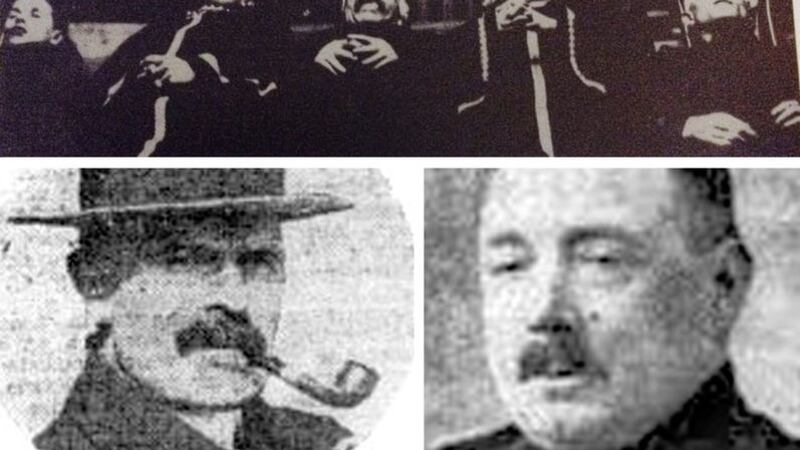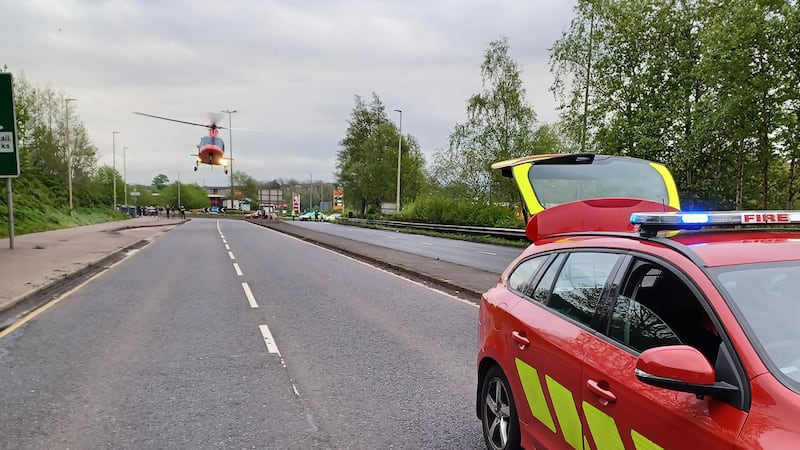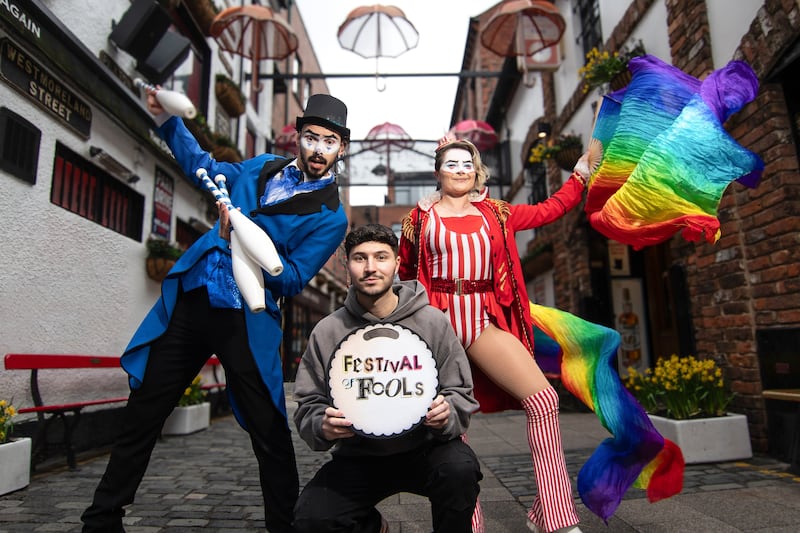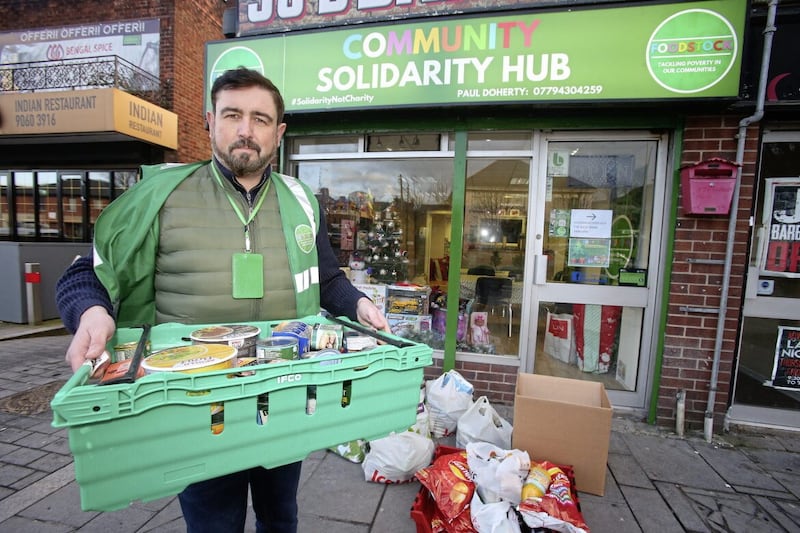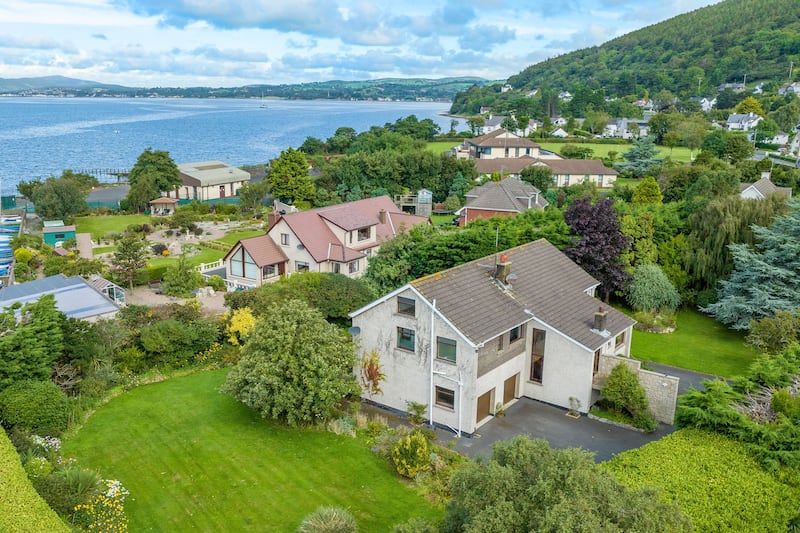One of the worst cases of mass murder in Irish history may have been an attempt to terrorise Catholic middle classes into accepting the new Northern Ireland state, according to historian, Dr Éamon Phoenix.
Members of the Ulster Special Constabulary (B Specials) led by a senior police officer were believed to be responsible for the murders of six men at the Belfast home of the Catholic McMahon family in 1922.
Even by the violent standards of 1922 Ireland, the McMahon murders - the centenary of which is on March 24 - stood out for its brutality and cruelty.
Following the murder of two B Specials (Thomas Cunningham and William Chermisde) close to Belfast City Hall on March 23, a gang of assassins carried out the most awful reprisal on a totally innocent family.
Around 1am on the morning of March 24, five men (four wearing B Special uniforms) forced their way into the Kinnaird Terrace home of Owen McMahon.
They ordered the Catholic businessman, his five sons and a bar manager who was living with the family to the drawing room.
After locking the women of the family away, the leader of the gang – believed to RIC District Inspector John Nixon - said “Do you boys say any prayers” before the police opened fire with revolvers.
When they stopped shooting, Mr McMahon (50) and four of his sons as well as bar manager Edward McKinney (from Buncrana in Co Donegal) lay mortally wounded.
His sons, Thomas (15), Frank (24) and Patrick (22) and Mr McKinney (25) died at the scene, Mr McMahon lingered until the following day before dying from his injuries.
Another son, Bernard (26) died just over a week later while the oldest son, John (30) survived despite being shot.
The youngest son, Michael (12) escaped by hiding under furniture. A report on their funerals in The Irish News on March 27, recorded that thousands of people lined the route from St Patrick’s Church in Donegall Street to Milltown cemetery.
Edward McKinney was buried back in his native Donegal.
The owner of several bars in Belfast, Mr McMahon was completely apolitical. Although a friend of Nationalist leader Joe Devlin, he devoted his time to business and sport and was a director of Glentoran Football Club.
Historian and journalist, Dr Phoenix said the family may have been singled out as part of the British government policy of reprisals for the killing of police officers. However, he believes the murders may also have been an attempt to terrify Catholic leaders into accepting the new Northern Ireland.
“The family was from the upper echelons of society and this was at a time of very public debate by the Catholic middle classes about whether or not to recognise the northern state. While it was believed to be a reprisal for the killing earlier in the day of two B Specials, there’s a strong believe it was also to terrorise the Catholic middle class,” Dr Phoenix said.
Sending shock waves around the world, the killings brought about an immediate political development. Winston Churchill brought Northern Ireland prime minister, William Craig and Michael Collins together.
In a new accord, Collins agreed to cease IRA attacks in the north while Craig agreed to reform the police and recruit Catholics to the B specials.
However, the faint hope that the McMahon murders might spark an end to violence was short lived. A week later, on April 1 1922, again led by Nixon, the police murder squad killed six innocent Catholics in the nearby Carrick Hill neighbourhood shattering any chance of accord in what became known as the Arnon Street Massacre.
